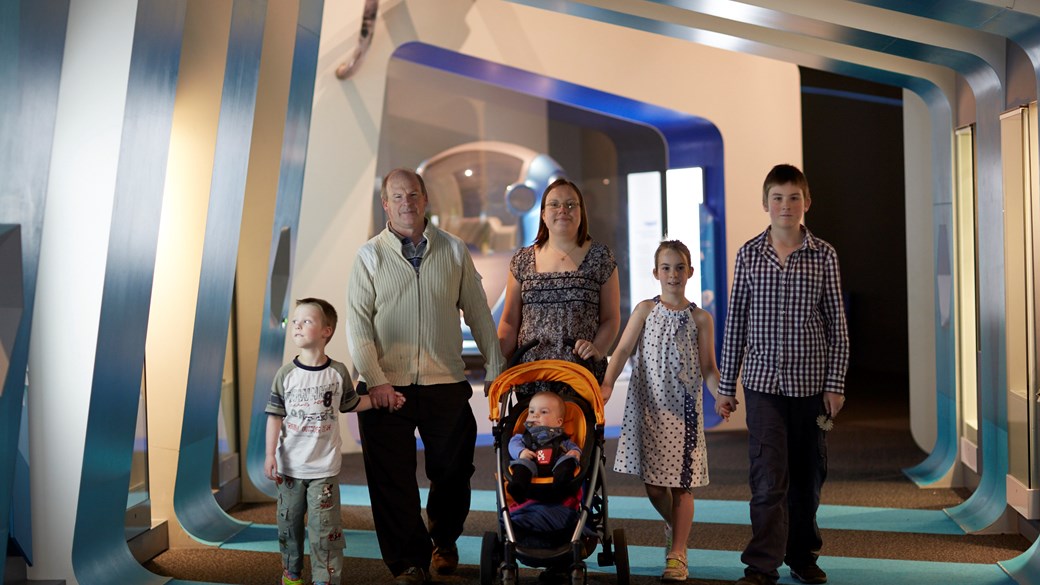
Social Stories
These social stories are for adults and teachers visiting the museum with autistic and neurodiverse children.

These social stories are for adults and teachers visiting the museum with autistic and neurodiverse children.
Written for children in consultation with AMAZE, the stories have photographs to show children what they'll encounter during a visit to Scienceworks. You can read them online as a webpage, or you can download a Word document to print out. You can also cut and paste the stories to create a story that best suits your child.
If you have sensory sensitivities or are feeling overwhelmed during your visit, you can borrow a free sensory bag. The bags contain:
Sensory bags can be borrowed from the Information desk located in the entrance foyer and returned to the same location at the end of your visit.

Use this social story to plan a visit to Scienceworks with young children. Read it online or download the pdf document to print or create your own.
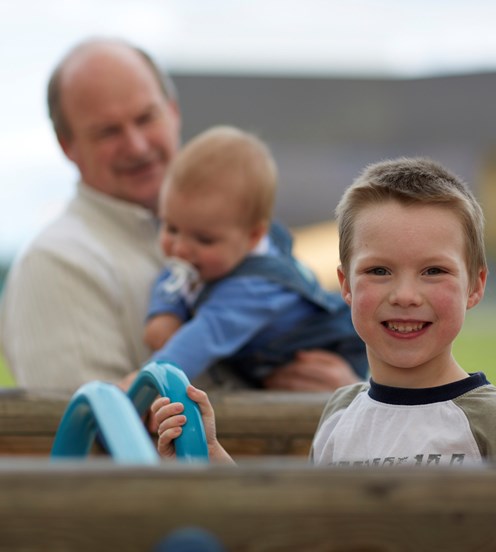
Use this social story to plan a visit to Scienceworks with young children. Read it online or download the Word document to print or create your own.
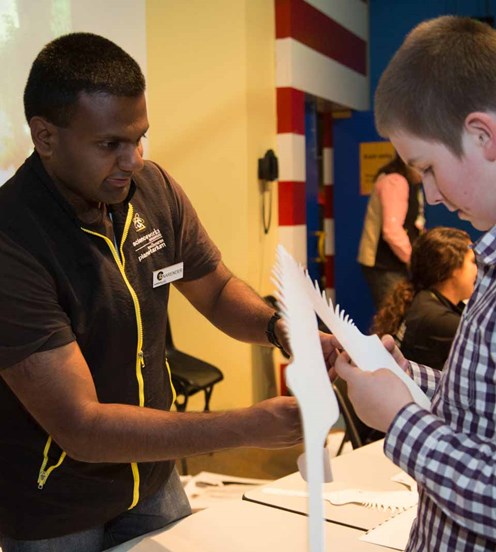
Use this social story to plan a visit to Scienceworks with older children. Read it online or download the Word document to print or create your own.

Ground Up is an exhibition designed for babies to five-year-olds. Use this social story to plan a family visit to the exhibition. Read it online or download the Word document to print or create your own.
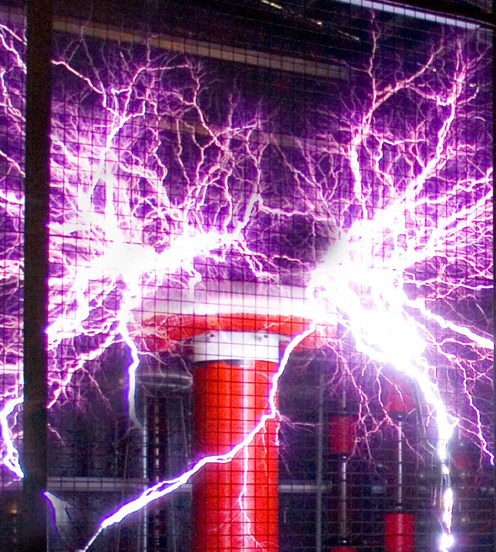
The Lightning Theatre offers 30 minute live shows that are informative, entertaining and electrifying! Use this social story to plan a visit by reading it online or downloading the Word document to print or create your own.
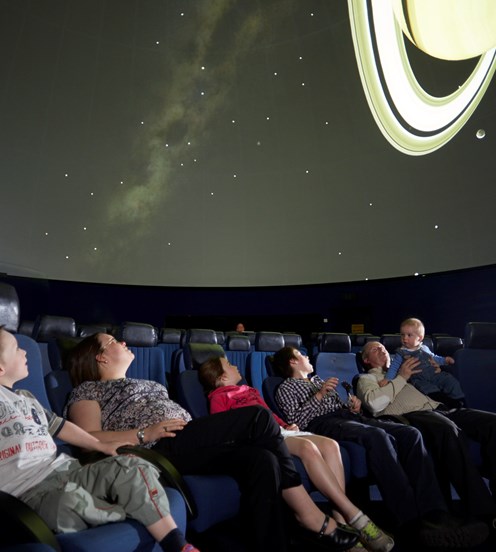
At the Melbourne Planetarium astronomical shows are projected on a dome ceiling with surround sound. Use this social story to prepare for your visit to the Planetarium with autistic and neurodiverse children.
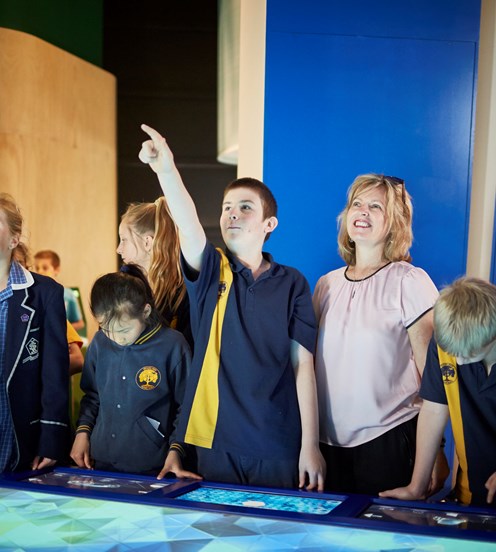
Use this social story to plan a school visit to Scienceworks with autistic and neurodiverse children. Read it online or download the Word document to print or create your own.
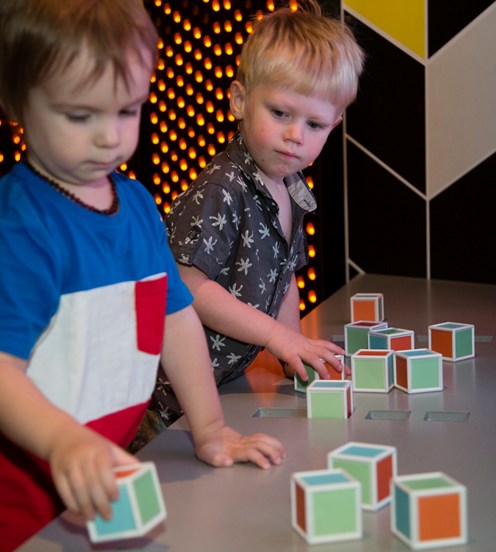
Ground Up is an exhibition designed for babies to five-year-olds. Use this social story to plan a group visit to the exhibition. Read it online or download the Word document to print or create your own.
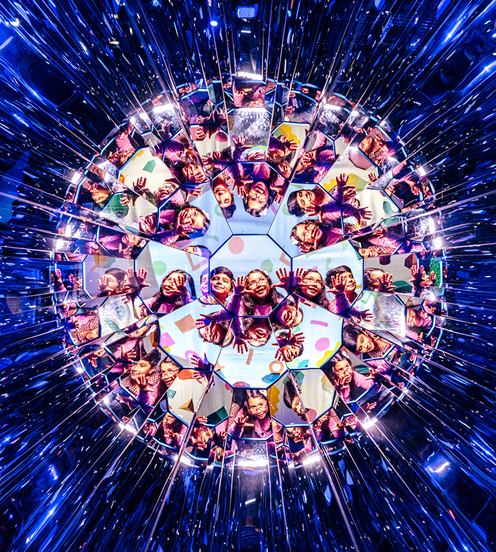
Use this social story to plan sleepover at Scienceworks. Read it online or download the Word document to print or create your own.
The museum can be a confronting place for sensitive visitors. Use our map of high and low sensory spaces to plan a visit to suit your child.
Low sensory spaces, coloured blue on the map, are quiet areas that are bright, have few people and no multimedia. High sensory spaces, indicated in pink, are busy places with a mix of multimedia, loud noises and/or low light. The Planetarium, the Lightning Room and the Pumping Station are all areas which visitors may find confronting and these are marked in yellow.
You can borrow a laminated copy of the map from the Scienceworks Information desk or you can download your own via the link below.
On the first Saturday of every month, Scienceworks offers low sensory sessions for visitor who experience sensory sensitivity. Loud sound effects and music will be muted, and bright or flashing lights will be dimmed in all galleries included with museum entry. Find out more and book tickets
Scienceworks tends to be quieter between 3pm and 4.30pm on weekdays during term time. February is the quietest month.
To minimise the time your family spends in a queue, we suggest that you buy tickets online before you visit and bring your printed tickets with you. Show and scan your tickets at the members' entry on the shop side of the ticket desk for quick entry.
We'd love to hear what you think about these social scripts and whether they are helpful to you. Drop us a line on [email protected].
We are making improvements to our website and would love to hear from you about your experience. Our survey takes around 10 minutes and you can enter the draw to win a $100 gift voucher at our online store!
Museums Victoria acknowledges the Wurundjeri Woi Wurrung and Boon Wurrung Bunurong peoples of the eastern Kulin Nations where we work, and First Peoples across Victoria and Australia.
First Peoples are advised that this site may contain voices, images, and names of people now passed and content of cultural significance.